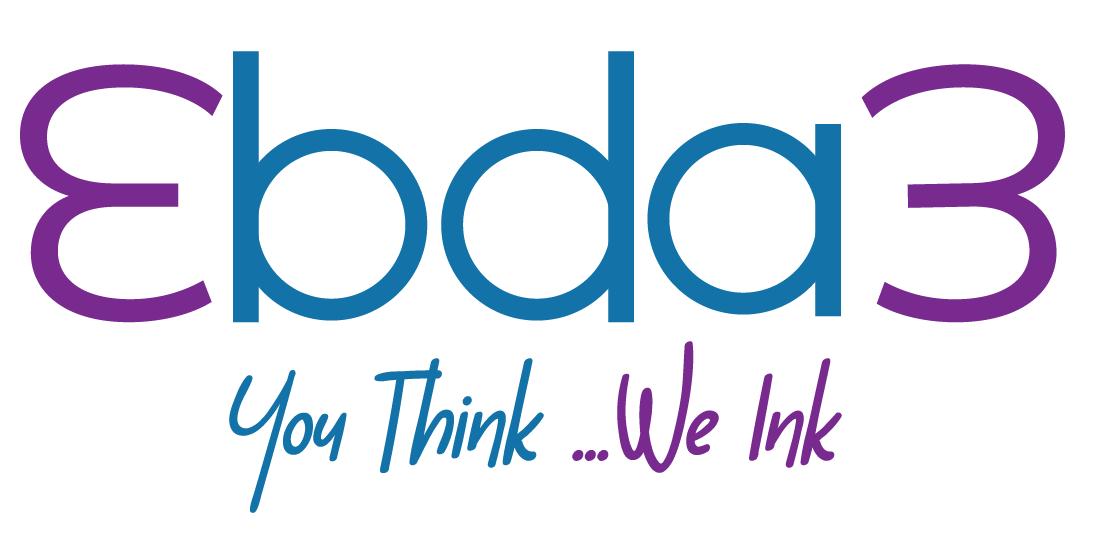Maximizing ROI with Effective Social Media Advertising

In today’s digital landscape, social media advertising has become an essential tool for businesses looking to reach their target audience and maximize return on investment (ROI). However, creating high-conversion social media ads requires a strategic approach. This blog will provide tips and showcase case studies to help you design effective social media advertising campaigns that drive results.
Understanding Social Media Advertising
Social media advertising involves using paid advertisements on social platforms to promote products, services, or brand messages. Platforms such as Facebook, Instagram, Twitter, LinkedIn, and TikTok offer various ad formats and targeting options that allow businesses to reach specific audiences based on demographics, interests, and behaviors.
Tips for Creating High-Conversion Social Media Ads
- Define Clear Objectives:
Set Specific Goals: Whether it’s increasing brand awareness, driving website traffic, generating leads, or boosting sales, having clear objectives will guide your ad strategy.
Measure Success: Use metrics such as click-through rate (CTR), conversion rate, and cost per acquisition (CPA) to assess the effectiveness of your ads.
- Know Your Audience:
Detailed Targeting: Use the platform’s targeting options to reach your ideal audience. Consider demographics, interests, behaviors, and even lookalike audiences.
Audience Research: Conduct thorough research to understand your audience’s needs, preferences, and pain points.
- Create Compelling Content:
Visual Appeal: Use high-quality images, videos, and graphics. Visual content grabs attention and increases engagement.
Strong Messaging: Craft clear, concise, and persuasive ad copy. Highlight the benefits and unique selling points of your product or service.
Call to Action (CTA): Include a strong and clear CTA that encourages users to take the desired action, such as “Shop Now,” “Learn More,” or “Sign Up.”
- Leverage Platform Features:
Ad Formats: Choose the right ad format for your objective. Options include image ads, video ads, carousel ads, stories ads, and more.
Interactive Elements: Use features like polls, quizzes, and interactive videos to engage your audience and make your ads more memorable.
- A/B Testing:
Test Variations: Run multiple versions of your ads with different images, copy, and CTAs to see which performs best.
Analyze Results: Use the data to refine your ads and improve performance continuously.
- Monitor and Optimize:
Real-Time Monitoring: Keep track of your ad performance in real-time. Platforms like Facebook Ads Manager provide detailed insights and analytics.
Adjust Strategies: Based on the data, make necessary adjustments to your targeting, budget, and ad creative to optimize performance.
Case Studies
Case Study: Small E-commerce Business Boosts Sales with Facebook Ads
Objective: Increase online sales for a niche ecommerce store.
Strategy: The business used Facebook’s lookalike audience targeting to reach new potential customers similar to their existing buyers. They created compelling carousel ads showcasing their best-selling products with a limited-time discount offer.
Results: The campaign resulted in a 35% increase in sales and a 25% reduction in CPA, demonstrating the power of precise targeting and attractive offers.
Case Study: Fitness Brand Engages Audience with Instagram Stories Ads
Objective: Drive engagement and website traffic for a fitness apparel brand.
Strategy: The brand used Instagram Stories ads featuring behind-the-scenes content and customer testimonials. They included a swipe-up CTA leading to their website’s new arrivals page.
Results: The Stories ads achieved a 50% higher engagement rate compared to standard feed ads, and website traffic increased by 20%, showing the effectiveness of authentic, engaging content.
Case Study: B2B Company Generates Leads with LinkedIn Ads
Objective: Generate qualified leads for a B2B software company.
Strategy: The company used LinkedIn Sponsored Content ads to promote a whitepaper on industry trends. They targeted decision-makers in relevant industries and included a lead form to download the whitepaper.
Results: The campaign generated a 30% higher conversion rate than previous campaigns, with a significant increase in the number of high-quality leads, illustrating the importance of valuable content and precise targeting in B2B marketing.
Conclusion
Maximizing ROI with social media advertising requires a strategic approach that includes clear objectives, audience insights, compelling content, and continuous optimization. By leveraging the tips and learning from successful case studies, businesses can create high-conversion social media ads that drive engagement, generate leads, and boost sales. Stay informed about the latest trends and tools in social media advertising to keep your campaigns effective and relevant in a constantly evolving digital landscape.





